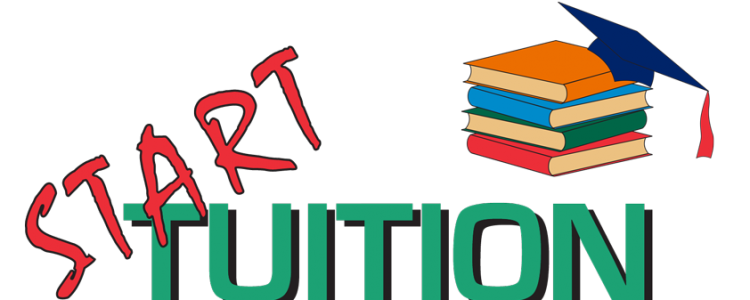Active Study vs. Passive Study
Be actively concerned in running the knowledge process, the mathematics and your learn time.
· Take blame for studying, recognize what you do and don’t know, and meaningful how to get your Instructor to help you with what you don’t know
· Attend class every day and take complete notes. Instructors formulate test questions based on material and examples roofed in class as well as those in the text.
· Be an active contributor in the classroom. Get ahead in the book; try to work some of the problems before they are covered in class. Expect what the Instructor’s next stair will be.
· Ask questions in class! There are frequently other students wanting to know the answers to the same questions you have.
· Go to office hours and ask questions. The Instructor will be pleased to see that you are involved, and you will be actively helping manually.
· Good study habits during the semester make it easier to study for tests.
Studying Math is dissimilar from Studying Other Subjects
· Math is scholarly by doing problems. Do the homework. The harms help you hear the formulas and techniques you do need to know, as well as recover your problem-solving expertise.
· A word of warning: every class builds on the previous ones, all semester long. You must keep up with the Instructor: attend class, read the text and do homework every day. Falling a day behind puts you at a disadvantage. Falling a week behind puts you in deep trouble.
· A word of encouragement: Each class builds on the previous ones, all semester long. You’re always reviewing earlier material as you do new material. Many of the dreams hang mutually. Identify and culture the key concepts means you don’t have to remember as much.
College Math is curious from High School Math
An institution math class meets less often and covers cloth at about twice the pace that a High School course does. You are likely to soak up new textile much more rapidly. Tests are maybe spaced farther apart and so cover more cloth than before. The coach may not even check your homework.
· Take duty for keeping up with the homework. build sure you find out how to do it.
· You maybe need to spend more time studying per week – you do more of the culture outside of class than in High School.
· Tests may look harder just as they cover more stuff
Study Time
You can know a rule of thumb regarding math (and other) classes: at slightest two hours of revise time per class hour. But this may not be sufficient!
· Take as greatly time as you need to do all the research and to get complete accepting of the material.
· Form a study group. Meet one time or twice a week (also use the phone). Go over harms you’ve had trouble with. Either a star else in the group will help you, or you will notice you’re all stuck on the same problems. Then it’s time to get facilitate from your Instructor.
· The more testing the material, the more time you ought to spend on it.





